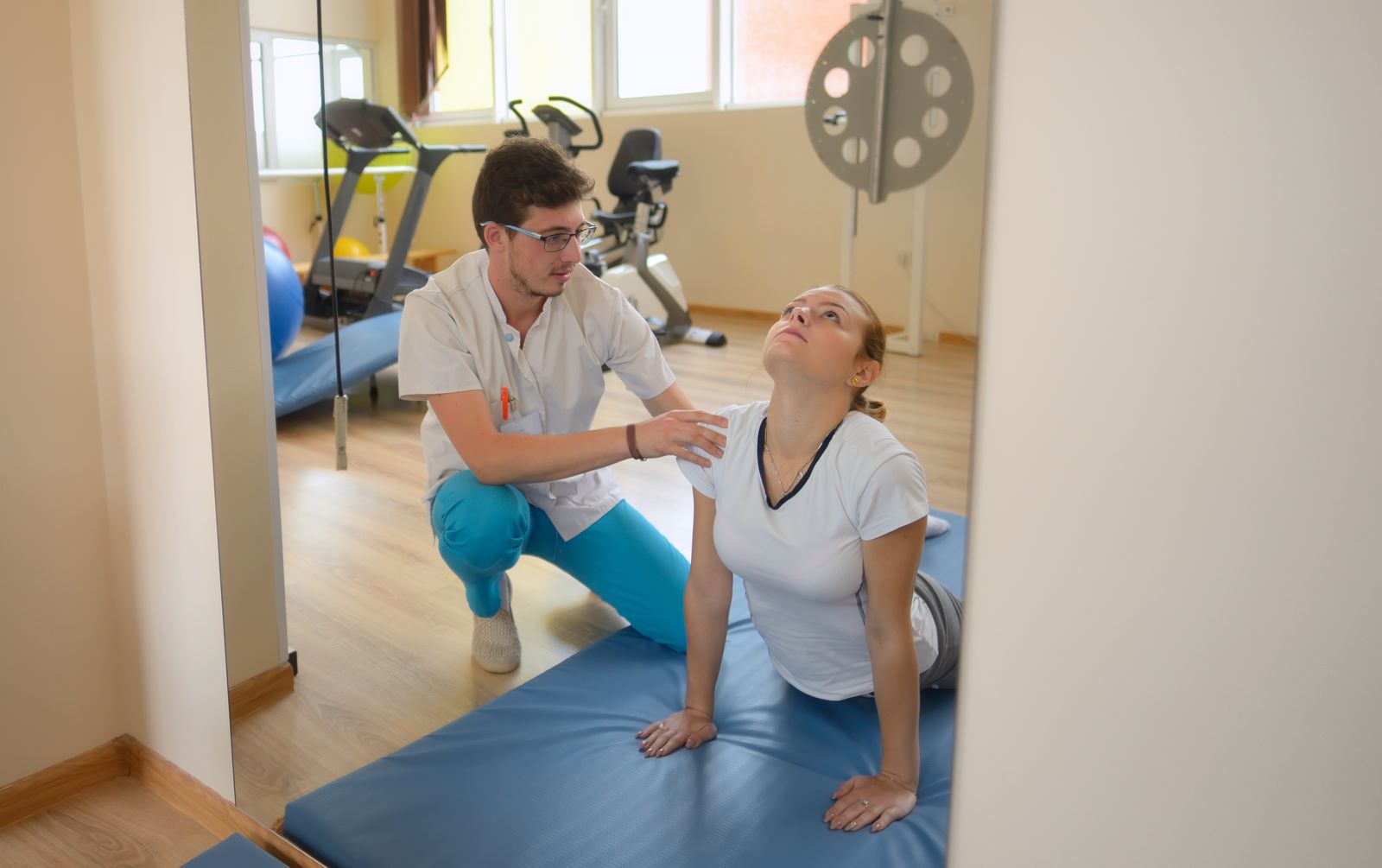Physiotherapists are highly qualified healthcare professionals who assess, diagnose and treat a range of physical and mental health conditions. They assess the dysfunction, develop a treatment plan and individually tailor exercises to the patient to help them heal and regain their optimal function.
Here are the most frequently asked questions about Physio.
Physiotherapy is a form of physical therapy that applies evidence-based treatments with the goal of restoring movement, relieving pain, and improving overall health and function. It is a therapy based approach that assesses, diagnoses and treats a wide variety of body dysfunctions and physical disabilities.
It uses physical modalities such as manual therapy, electrotherapy, therapeutic exercise and education to enable people to return to their desired level of activity and function.
“Physiotherapists provide person and whānau-centred healthcare and work with people and populations to develop, maintain, restore, optimise, and understand health and function throughout the lifespan.” Physiotherapy Board of New Zealand
siotherapy can be used to treat a variety of conditions such as arthritis, back pain, sprains and strains, sciatica, sport injuries, post-operative rehabilitation and other neuromuscular conditions.
Physiotherapy and osteopathy are both forms of manual therapy that focus on restoring, maintaining and improving the body’s natural functioning. While both approaches consider the connection of the body’s systems and the effects of daily living on health and wellbeing, there are some distinct differences. (You can learn more about Osteopathy here.)
Physiotherapy will often focus on the development of strength and mobility while osteopathy focuses more on restoring balance to the body.
Physiotherapy typically involves using exercises, manual therapy, and physical modalities such as heat, cold, and electrical stimulation to treat musculoskeletal conditions.
Osteopathy is geared towards understanding how imbalance in the body can lead to illness, injury, and dysfunction in other organs and systems in the body. By assessing all the body’s systems as a whole with specific attention to the spine, pelvis, and cranium, osteopaths can identify the root cause of a problem and address it.
Osteo uses a range of stretching, soft tissue massage, and joint mobilisation techniques to treat and improve conditions and pain related to the body’s anatomy, physiology, and biomechanics.
Techniques used in physiotherapy include but are not limited to manual therapy, therapeutic exercises, and physical modalities such as ultrasound, heat and ice, electrical stimulation, traction, and much more.
Physiotherapy can help improve mobility, reduce pain, reduce reliance on medications, and improve strength and flexibility.
If you are experiencing pain or are noticing mobility or functional deficits, it is important to consult with your doctor or a physiotherapist as soon as possible.
Depending on the condition being treated, a treatment plan may involve manual therapy, therapeutic exercises, or other physical modalities. The treatment plan will be tailored to your individual needs.
Treatments range from just once a week to multiple times a week, depending on the severity of the condition being treated.
Manual therapy is a type of physical therapy technique used to manipulate the body’s soft tissues to reduce pain, restore joint movement or improve strength and movement. It can involve joint manipulation, massage, stretching or moving the joints in specific directions using the hands or a device.
Therapeutic exercises are prescribed exercises used to improve range of motion, strength, coordination and balance. Types of exercises used in physiotherapy can include stretching, strengthening, aerobic exercises and open chain exercises.
An important component of physiotherapy is educating the patient on their injury and on self-management strategies. It can include providing information on preventative exercises, lifestyle changes to improve long term outcomes, use of heat/cold therapy and advice on posture and ergonomics.
The type of equipment used in physiotherapy can vary depending on the condition being treated. Some common items include resistance bands, exercise balls, foam rollers, balance boards and weights.
Physiotherapists are professionally qualified with either a Diploma in Physiotherapy (pre-1991), a Bachelor of Physiotherapy, or a qualification from overseas approved by the Physiotherapy Board of New Zealand.
All physios practising in New Zealand are registered by the Physiotherapy Board of New Zealand and hold an Annual Practising Certificate (APC).
To become a physio in New Zealand you will need to study a degree from a school offering physiotherapy. This includes:
Auckland University of Technology
University of Otago
Waikato Institute of Technology
Many physios continue with postgraduate studies. You might also choose to focus on one of the many different fields of physiotherapy. Other options include moving into teaching, research roles, management positions or setting up your own physiotherapy private practice business.
Ask your doctor for a referral or find one through an online search or peer review. Make sure to ask about credentials and results of previous patients before starting a treatment plan.
